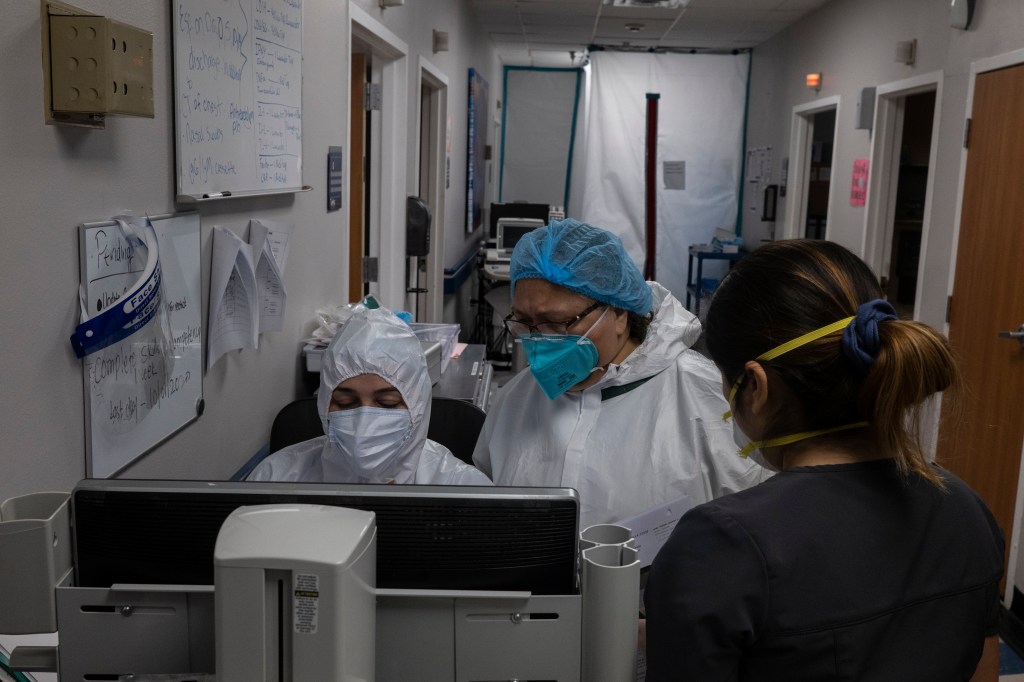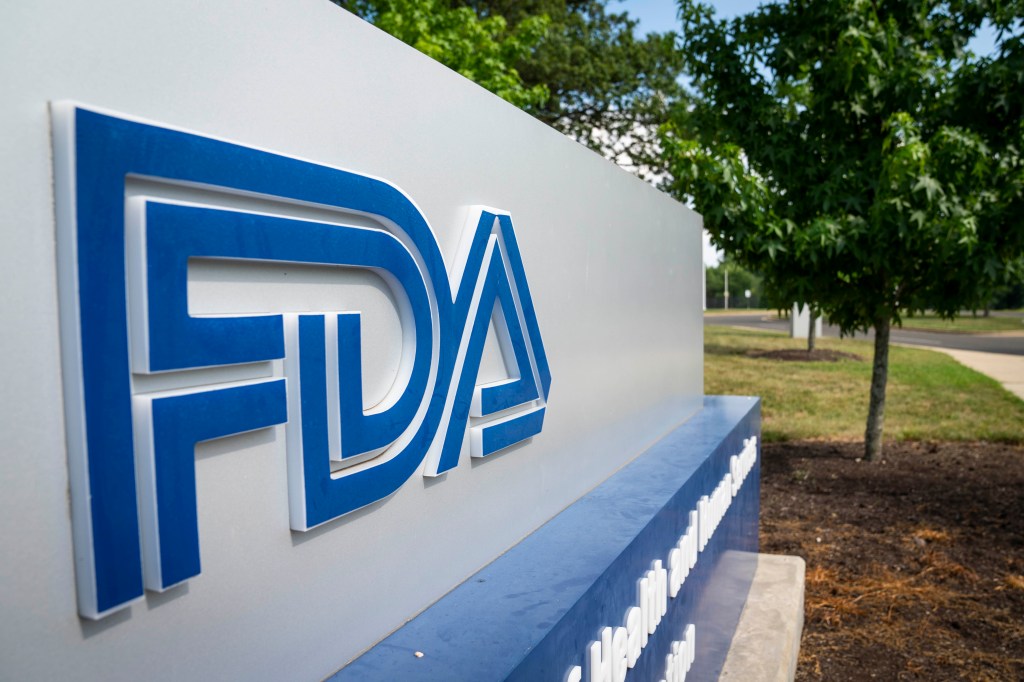In what the agency called “a historic first,” FDA Commissioner Martin Makary announced an aggressive timeline to scale use of artificial intelligence (AI) internally across all FDA centers by June 30, 2025, following the completion of a new generative AI pilot for scientific reviewers.
The generative AI tools allow FDA scientists and
Register for free to keep reading.
To continue reading this article and unlock full access to GRIP, register now. You’ll enjoy free access to all content until our subscription service launches in early 2026.
- Unlimited access to industry insights
- Stay on top of key rules and regulatory changes with our Rules Navigator
- Ad-free experience with no distractions
- Regular podcasts from trusted external experts
- Fresh compliance and regulatory content every day












